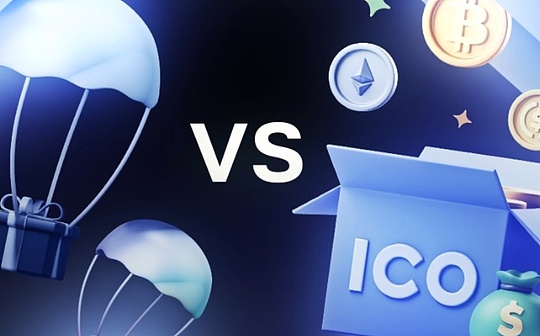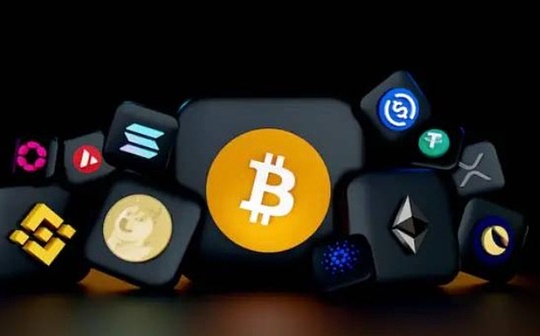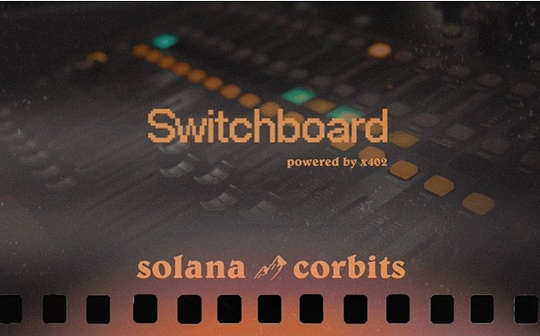
Source: Blockchain Knight
In today’s digital world, mobile technology is not only a convenience, but also a lifeline that connects billions of people and the Internet.
With more than 8.58 billion mobile phones worldwide, exceeding the world’s population combined, smartphones have developed into an important tool for communications, commerce and financial management.
Although Web3 has the potential to transform industries, financial systems and digital interactions, it is still waiting for the arrival of the “iPhone Moment”, a critical event that will make a disruptive technology intuitive and accepted by the public.
So, what hinders its development?
If Web3 wants to leap from emerging technologies to a widely used technology, it must overcome five major obstacles.
Lack of mobile native solutions
Although smartphones have become the primary device for billions of users, Web3 applications are largely confined to desktop environments.
Recent reports show that 92.1% of the world’s Internet users connect via mobile phones, but only 8 of the top 100 Web 3d apps on Dapp Radar offer a mobile native experience.Why does this gap occur?
This gap is particularly serious in emerging markets, where mobile phones are often the only tool to access the Internet.
For example, in countries such as Vietnam, India, the Philippines and South Africa, more than 70% of adults use mobile devices as the only means of connecting to the Internet.
Complex user interface
Interacting with a Web3 application can be a daunting experience for the average person, especially given the complexity of managing security and digital assets.
You should know that more than two-thirds of Web2 users use the same password in all their accounts, which means that it is difficult for mainstream users to meet the unique requirements of Web3.
Blockchain, decentralized finance (DeFi), and digital wallets are often accompanied by a steep learning curve, including security measures such as seed phrases or complex keys, making it difficult for people to use these technologies with confidence.
Although Web3 continues to innovate, its user base has been limited, recording only 220 million active addresses in September this year, a figure that seems trivial compared to the billions of people who often interact with the Web2 platform.
The Web3 community has also noticed this.Nearly one-quarter of Web3 users believe that complex user interfaces and complex onboarding processes are obstacles to large-scale adoption of Web3.
By focusing on simplifying user experience, the Web3 platform can create attractive entry points for individuals who are new to blockchain and decentralized finance.
Low awareness of Web3
Despite the potential for change in Web3, the public is still relatively new to it.
The survey shows that only 8% of people know the existence of Web3, and this low awareness is one of the biggest obstacles to achieving mainstream applications.
Lack of cognition is particularly problematic in areas where Web3 may have the most far-reaching impact, namely emerging markets where traditional banking services are underdeveloped or unavailable.
According to the World Bank, 1.4 billion people in these regions are not available for financial services.
Web3 has the potential to enhance the capabilities of these underserved communities by providing decentralized solutions to solve long-standing problems such as access to credit, high transaction fees and monetary instability.
However, without effective education and advocacy, many people still don’t know how these decentralized technologies can benefit their lives.
Digital Divide
In many emerging markets, access to traditional banking and financial services is limited, and mobile technology has become a gateway to the global digital economy.
However, a huge digital divide remains, with UN experts worried that 2.7 billion people worldwide are at risk of not being able to access the Internet due to the high cost of upgrading broadband infrastructure and backward technology.
In countries such as Brazil, Turkey and Vietnam, the adoption of Crypto assets is growing at an above-average rate, and the demand for digital assets is obvious.
However, in these emerging markets, while millions of people have their own mobile devices, many respondents believe the cost is the reason they cannot own their own mobile devices.
Stablecoins as proof of real-world applications of Web3
Web3’s reputation has long been linked to speculation and investment, but the recent surge in stablecoin usage suggests that Web3 is moving towards real-life applications.
As a digital asset pegged to traditional currencies such as the US dollar, stablecoins provide a stable and easy-to-access way for daily transactions, savings and cross-border payments without frequent fluctuations like the Crypto asset market, thus realizing products andHigh fit in the market.
This stability attracts many users, especially those who are looking for digital tools that can meet daily financial needs.
In emerging markets where banking services are still limited, stablecoins provide individuals with a means to store and transfer value globally, essentially “banks in their pockets.”
Programs that allow users to earn and use stablecoins are helping people understand digital assets, allowing them to use them meaningfully in their daily lives.
Through stablecoins, Web3 demonstrates how digital assets provide value beyond speculation and promote financial empowerment and stability.
The increase in stablecoin adoption rates shows that people’s demand for Web3 is not just high risk rewards, they are also looking for reliable digital tools to support their financial lives.
By emphasizing stablecoins and other practical applications, Web3 can transform from its speculative image into a system that promotes inclusion, ultimately expanding its appeal and driving more adoption.
The way forward: embrace mobile and realize the future of Web3
Although Web3 is on the cusp of revolutionizing global industry, financial systems and digital interactions, its path to becoming mainstream applications is still hindered by some key challenges.
At the heart of overcoming these obstacles is a powerful and obvious solution: embracing mobile technology.
With most Internet users around the world accessing the internet through the palm of their hands, transitioning from a desktop-centric platform to a mobile-first solution is not only necessary, but inevitable.
This is of great importance.If Web3 cannot fully embrace mobile technology, it is possible that it will continue to be limited to a niche audience, thus limiting its global reach.
However, by meeting these five challenges and embracing the mobile revolution in an all-round way, Web3 may finally usher in its iPhone moment.








